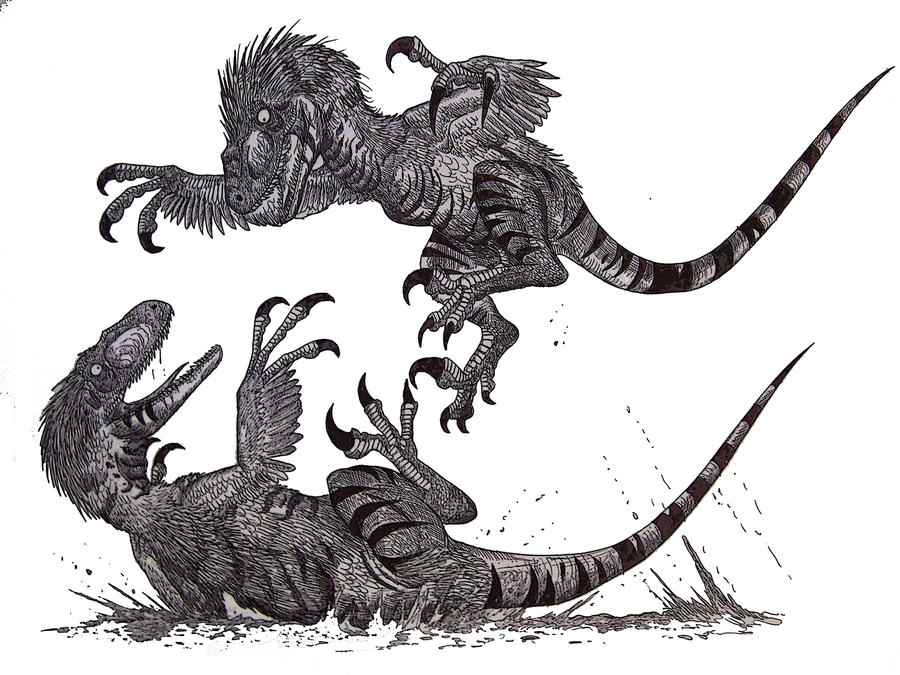Mindfire
 Istar
Istar
A question just occurred to me. And it has to do with this trope: Call a Smeerp a "Rabbit" - TV Tropes We're all familiar with the idea of inventing in-universe names for things, even mundane things, and there's generally an agreement that you can only take that so far before it becomes ridiculous and breaks suspension of disbelief. (Though where that limit is exactly is subjective.) But what about the opposite? Suppose you invent something for your world and stick a familiar name on it? How far can you go with re-imagining something, how far can you get from the commonly accepted version, before it's no longer the thing that the name refers to? Right now this probably sounds like some weird version of the Ship of Theseus paradox and might be hard to follow, so I'll contextualize it with something concrete. I'm chiefly talking about fantasy creatures (thus the TvTropes link). And there are some creatures I've included in my mythos that arguably don't closely resemble their image in the popular consciousness. Examples:
So how far can much can you re-imagine before you have something different entirely? Does it need only a superficial resemblance to the original or are there some key elements that have to be there for the name to make sense? Have any of my re-imaginings crossed that invisible line? I'm not wringing my hands over this, just musing.
- Harpies, which I have re-imagined as giant bat-like creatures rather than the bird/woman things they were in the Greek myths.
- Manticores, which instead of the original chimerical conception are really nasty saber-tooth tigers. (And for the paleontology buffs among you, yes, I intentionally said tigers.) Though I could make a case that this is closer to the actual meaning of "manticore" given what Wikipedia tells me about its origins but whatever.
- Panthers (no not that one, this one), which I have opted to depict as antlered predatory cats with invisibility powers.
- Dragons, which are mostly not reptilian but somewhat golem-like incarnate forces of nature, born from the elements of the earth and knit together with lightning and fire- that just so happen to be shaped sorta like winged lizards and breathe fire (or ice, it depends). Though they did spawn monsters that actually are reptilian. Because magic. This may be my biggest deviation.
So how far can much can you re-imagine before you have something different entirely? Does it need only a superficial resemblance to the original or are there some key elements that have to be there for the name to make sense? Have any of my re-imaginings crossed that invisible line? I'm not wringing my hands over this, just musing.

 Myth Weaver
Myth Weaver
 Troubadour
Troubadour Inkling
Inkling
